If you’re just getting started in the audiophile hobby – or maybe you’ve been dabbling for years but haven’t wrung the full potential out of your system – here’s the tough-love truth: most people blow their budgets in all the wrong places. Dealers won’t tell you this (for obvious reasons), but I will.
Audiophilia doesn’t have to be an arms race where the guy (or sometimes the girl) with the biggest, fanciest, loudest loudspeakers wins. In fact, with a smart approach, you can put together a system that embarrasses setups costing three times or more as much. Here are the nine rules that I wish every budget-conscious enthusiast would follow before spending their hard-earned money in all the wrong places.
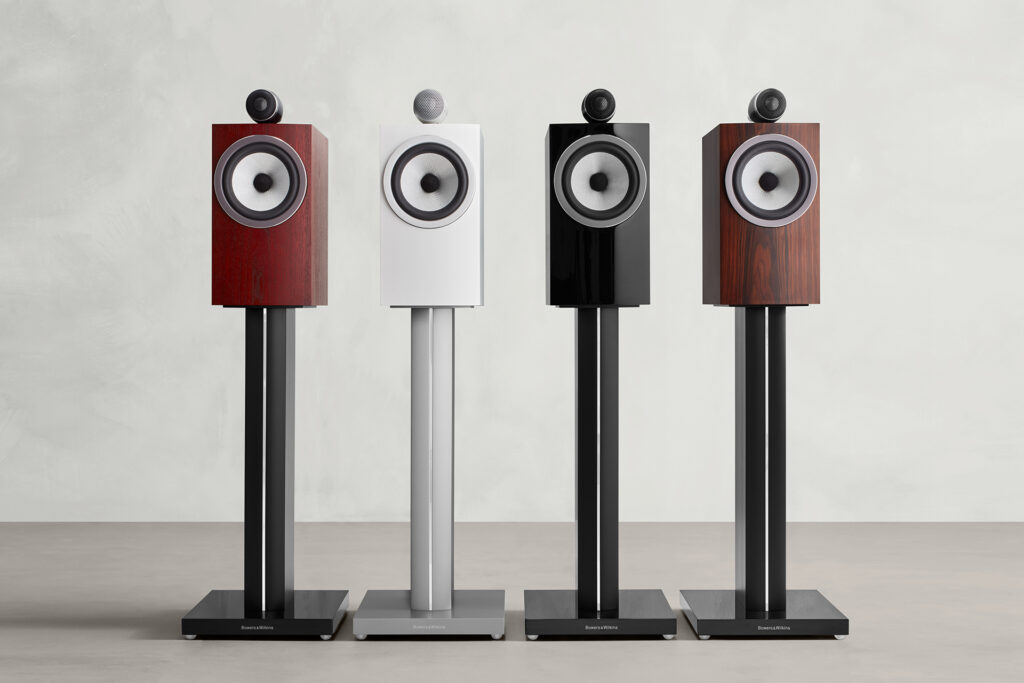
There’s More to Sound than Just Speakers and Amps
This is where 80 percent of your performance lives, yet it’s the last thing most people think about. We all love shiny new speakers and amps, but if your room is a literal echo chamber covered in nothing but drywall, hopes and dreams, you’re unlikely to achieve awe-inspiring sound at home.
You don’t have to resort to weekly plasma donations or maxing out your credit cards to get great acoustics. Companies like GIK Acoustics will even design a room treatment plan for free. Here’s my rough millennial budget math: if you’re dropping $2,000 to $2,500 on speakers, also budget about $1,000 on room treatments and soundproofing. That’s more than any dealer will likely suggest (they don’t profit here, even though audiophile room treatments are quite profitable), but it pays off big-time from Day One. If that’s too rich for your blood, there’s always the DIY route for room acoustics, which, when executed correctly, can yield surprisingly effective results for significantly less cost. You need to be a bit of a handyman (or at least know one who can help), but you can get some good performance on the ultra-cheap.
Start by treating your room’s first-order reflections: above, below, beside, and behind your speakers by about roughly three feet. A few decent absorption panels can easily tame early reflections without killing dynamics. Next, look into bass traps. A modest $350 investment gets you into truly effective options. They won’t win beauty contests, but they will help make bass sound musical, tight and taut, instead of muddy, bloated and loose. Finally, think about diffusion (think: those skyline-style blocks) behind your listening position that help foster that airy, three-dimensional soundstage while minimizing rear reflection and refraction. Chances are, if you’ve ever sat in a listening room and been extremely inspired and impressed, acoustics, room treatments, and soundproofing were most likely at least partially responsible for this.
Mistake to avoid: throwing down rugs, pillows, and Amazon dupes and calling it “treated.” It’s not the same. Buy purpose-built gear from reputable brands, even if it’s just a few panels or bass traps to start. That’s not to say that a little carpet here or there, or thick sonically absorbent curtains can’t help your sound, but purpose-built audiophile acoustical treatments are best.

Stick with (and Believe In) Your Audiophile Listening Room
Before dreaming about a bigger, better listening space, make the most of the one you have. Every room can be optimized.
Start looking for performance improvements by looking at noise control. Swap out noisy lighting cans (consult an electrician if you’re not comfortable or confident enough to work with electricity yourself, which describes the vast majority of us) or buzzing dimmers. If HVAC drowns out your quiet musical moments (see our article on minimizing background noise), hush kits, dampers, and bigger vents can quiet things down, often for a pretty reasonable price.
Next, look into your power. Upgrading outlets and running 20-amp dedicated circuits for your amps and electronics costs a few hundred dollars, but provides cleaner, more consistent juice. Also consider adding an affordable power conditioner to clean up and filter any stray noise coming through the lines. It won’t hurt.
Finally, minimize and simplify the space between your speakers. That imposing rack of electronics? Move it to the side instead of physically in front of your speakers. Coffee tables and ottomans (see first part about first order reflections above)? Gone. Even décor items like tall vases or bookshelves sitting right between or among your speakers can smear imaging. I’ve A/B tested this in multiple rooms of different shapes and sizes – and, much to my wife’s dismay, the difference is real, and free.
Where many aspiring audiophiles go wrong is in thinking the room you have isn’t “worthy” of good gear. I have many friends and coworkers who often cite small or awkward rooms as the main reason they don’t bother spending money on a quality audio system. Even small apartments can house killer systems if you optimize them, so don’t be hesitant to make any room into a listening room. At the end of the day, it’s about spending quality time with music at home – AKA experiencing music in your happy place. That’s not a one-size-fits-all concept.
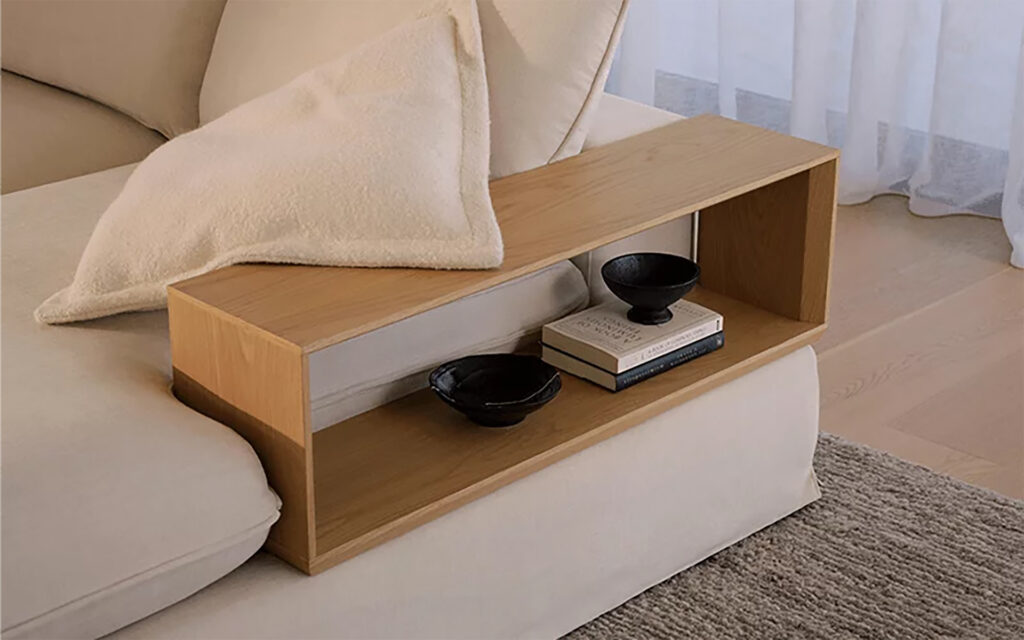
Arrange Physical Seating for More Than Just You
Yes, the Eames lounge chair is iconic, but this hobby shouldn’t be a solitary audiophile seating option. Music is better when shared, even if your space is small. Think about seating for friends, family, and even your furry pals. A loveseat or sectional with decent placement keeps others in (or near) the “zone.” Even beanbags for casual listeners (kids love them) beats forcing everyone else to sit or stand against the back wall, 20 feet from the action.
Pro tip: keep seating movable and/or modular. When it’s just you, slide into the “money seat.” When it’s a social gathering, pull things back for a wider, more forgiving soundstage, and let your guests enjoy.
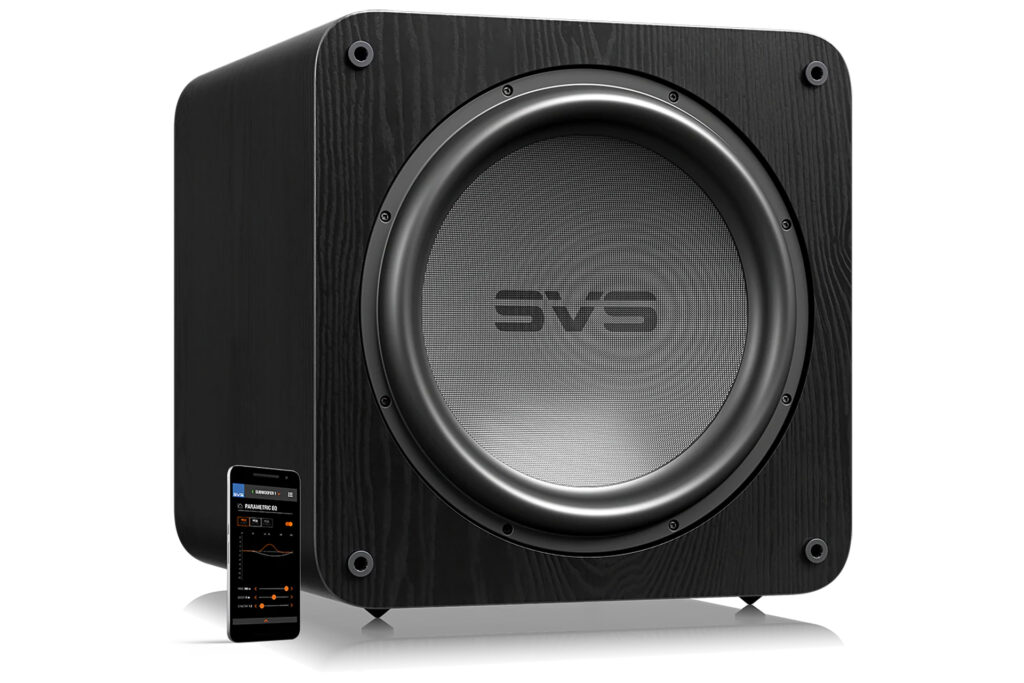
Subwoofers Are the Best Value in Audio
If I could tattoo one rule to every beginner’s forehead, it’s this: subs give you more performance per dollar than almost anything else.
Most people lust after big floorstanding speakers with huge built-in drivers, but a well-integrated subwoofer (or even better, a pair of them), coupled with modest main components, runs circles around oversized speakers alone. Two is better than one for smoother bass response across the room, and they don’t have to be gargantuan black boxes that take over the room. Brands like SVS (see Andrew Dewhirst’s review of the incredibly tiny but mighty 3000 Micro subwoofer) make some amazing sleek-looking subwoofers that pack plenty of low-end punch without taking up too much real estate, while remaining musical and refined. I’ve got a tiny REL subwoofer in for review that is really cool and very affordable.
Further, most modern subwoofers often include apps and DSP, letting you fantastically and correctly fine-tune your bass from your couch via, say, a smartphone. Brands like REL, which offer some of the best-looking and sounding subwoofers on the market today, are known for their next-level customer service and will walk you through the setup process to ensure you’re getting the most out of their subwoofers in your space. And even if you don’t listen to EDM or pipe organ music, the difference between systems that properly integrate subwoofers and those that don’t is huge, and you need not be a total bass-head to appreciate it.
Mistake to avoid: buying a single, bargain-bin sub and cranking it to “earthquake mode” volumes. Integration matters. Musicality matters. Bigger isn’t always better, and more power doesn’t mean better sound. Choose the right subwoofer for your needs, cross it over properly, match levels, and suddenly your system will magically sound more balanced, and three times more expensive and refined.
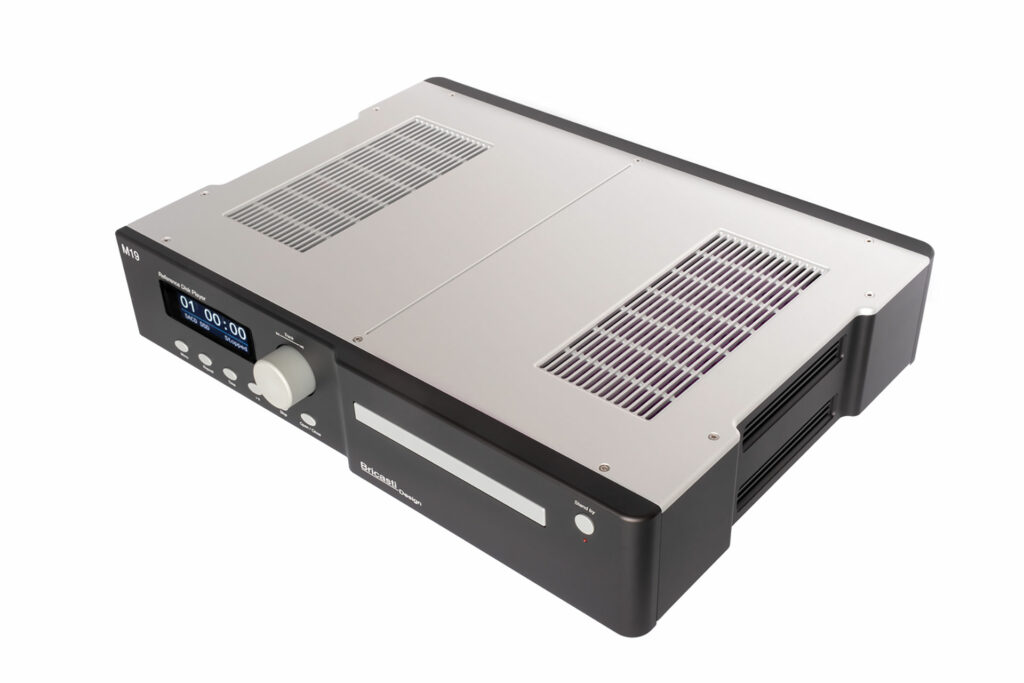
Hold Off on Big Investment in High-End DACs and Digital Audio
Yes, digital-to-analog converters, AKA DACs, sound different, even if the improvements in digital get slight as you spend more and more money. Anyone who tells you otherwise hasn’t listened critically or doesn’t have enough experience with this crucial component or might sadly have some high-frequency hearing loss. But here’s the catch: the value curve is steep. How big is the leap from a $99 dongle DAC to a $899 CHI-FI DAC? Huge. The leap from $899 to $6,000? Real, but subtle and often presenting more in the high frequencies. Think slightly smoother highs and enhanced detail. Investing in a higher-end DAC is absolutely something to look forward to as a move for an audiophile who is much more down the road in their journey.
Today’s sub-$1,000 DACs from brands like Topping, S.M.S.L., Schiit, and Gustard are absurdly good. They measure near-perfect, they sound great, and they’ll hold you for years, allowing you to invest future funds into other aspects of your setup.
Mistake to avoid: blowing 25 percent or more of your budget on a “statement” DAC when your acoustics and speakers still need work. Digital is the easiest place to save money early.
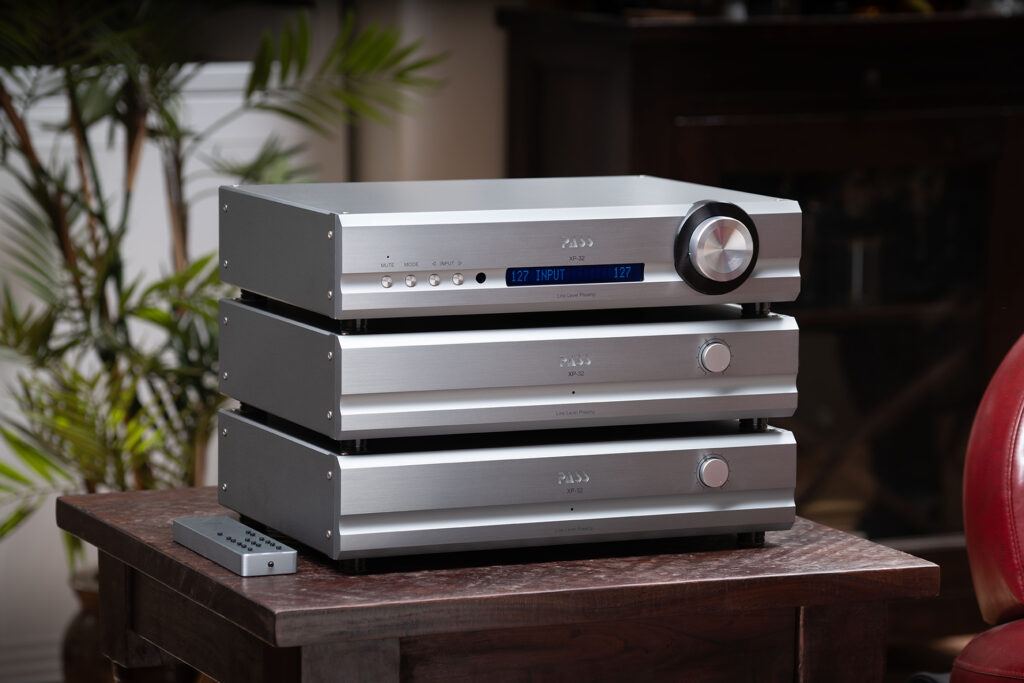
Separate Audiophile Components Are Great – But Not Required
There’s an undeniable nostalgic romance to separates: dedicated power supplies, modular upgrade paths, and the sense you’re running serious gear. And it’s true: separate components do offer flexibility and the ability to swap pieces in and out.
But here’s the thing: integrated amps today have come a long way, and many are incredible for what they cost. Hegel, NAD, Cambridge, Yamaha – these companies are building integrated amplifiers that punch way above their weight, and they often include high-quality DACs, room correction, and even streaming modules.
If the budget is tight, swallow your pride and buy a great integrated. You can always graduate to separates later, or you may find that you like the more clutter-free feel of an integrated-based system and splurge on your endgame speaker pair. Absolutely nothing wrong with that.
Mistake to avoid: dismissing integrated amps as “mid-fi.” The right one can anchor a killer system without compromise.
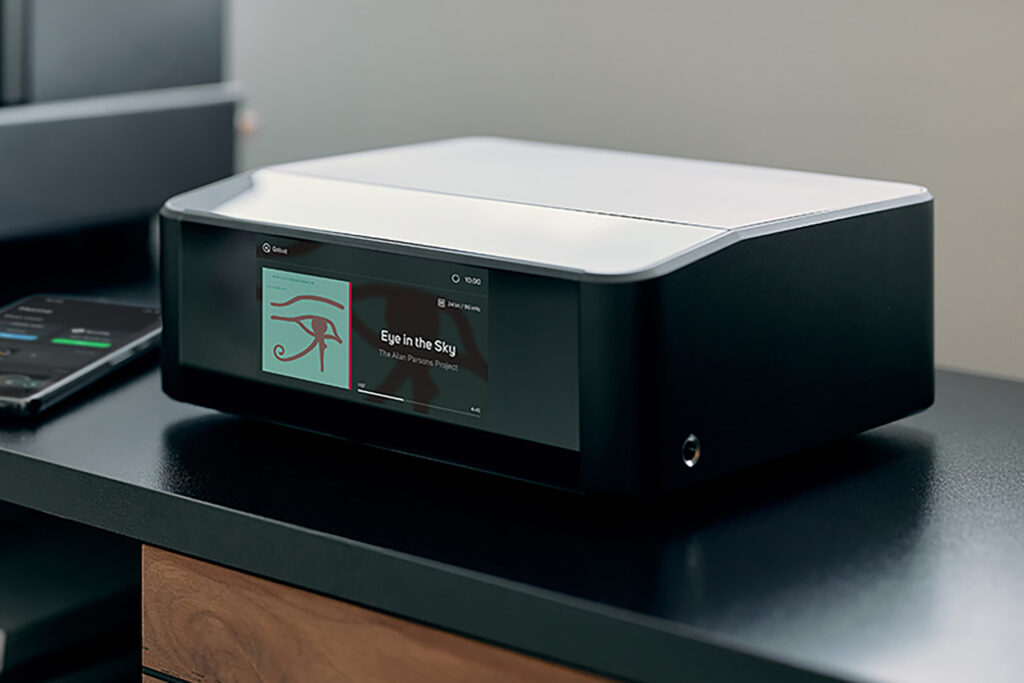
Embrace New Technology in Ways Older Audiophiles Struggle With
Like many nerdy hobbies, ours has a long history of fighting change. When Compact Discs came out, some audiophiles doubled down on vinyl. Then streaming arrived, and audiophiles still talk about “owning” physical media as if it’s a badge of honor. Value-minded audiophiles, don’t require discs.
Streaming today gives you access to almost every recording ever made, in lossless quality, for the price of a single CD each month. Pair it with Roon, Qobuz, or Tidal, and you’ll never run out of ways to discover and experience new music.
The same goes for hardware: Class-D amps now deliver Class-A-like sonics with no heat, no back-breaking weight, and a fraction of the power draw. Room correction software like Dirac Live can transform bass response. On a $600 Bluesound Node, the difference is night and day.
Mistake to avoid: treating new tech as “less pure.” The goal is better sound, not bragging rights about flashy, outdated gear.
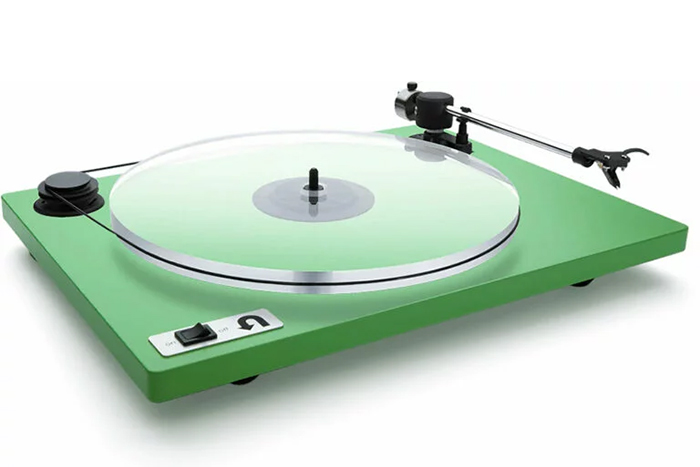
Vinyl is a Side Project, Not Your Main Audiophile Gig
Vinyl is fun. It’s nostalgic, authentic, ritualistic, looks cool, and a record collection is essentially an interactive art collection you can display in your listening room. But here’s the honest truth: it’s not the best place to invest when you have a tight audiophile budget.
Vinyl, no matter what the establishment print magazines say, is not high-resolution. LPs wear out and deteriorate over time, and a serious collection can cost more than your speakers. Good pressings are $30–$50 each, a cost that can add up fast.
Entry-level turntables and phonostages from Rega, Pro-Ject, and Schiit are insane value for the money, and these brands are constantly refreshing and innovating, so you can always add vinyl later once your main system is established. But in your first few years, spend that money on gear that benefits everything you play.
Mistake to avoid: dropping $1,500 on vinyl gear before you have decent speakers. Build the core system first, then expand outward and to your medium of choice.
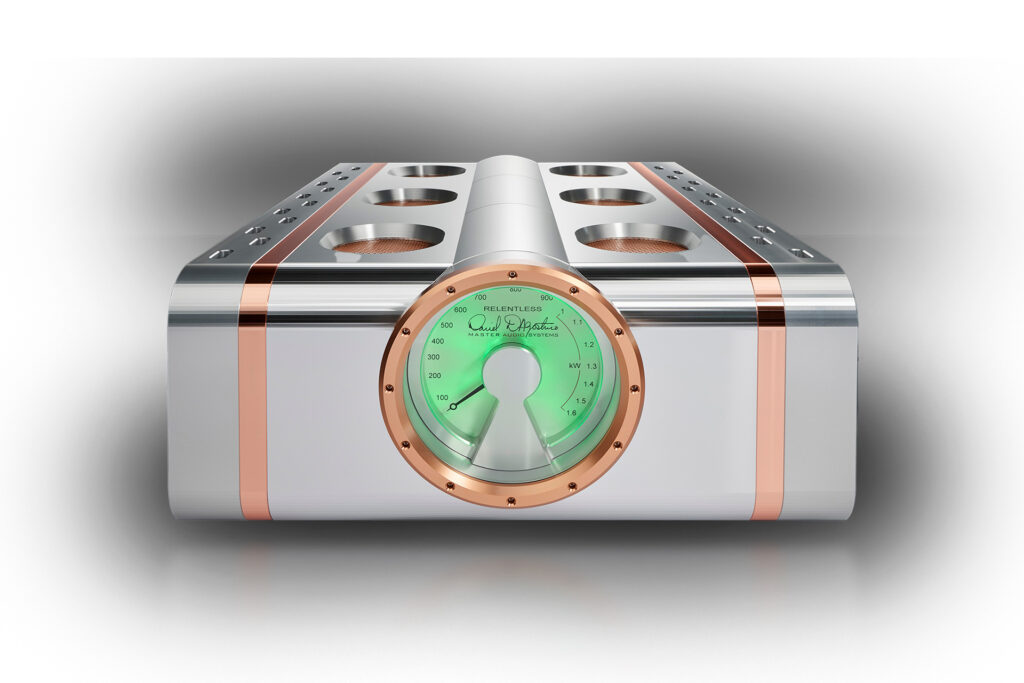
Hold Off on the Audiophile Bling (For Now)
The glowing green steampunk gauges on a D’Agostino amp are gorgeous and eye-catching, and the polished wood veneer on the Bowers & Wilkins 800 Signature is undeniably stunning – but at the end of the day, those details are luxuries, not necessities. When you’re starting out, focus on performance-per-dollar, not necessarily looks. Orchard Audio and Buckeye may look DIY, but they measure and sound like products costing 10 times more. Speakers with modest looks yet amazing sound production do exist. That’s where smart money goes.
Mistake to avoid: letting your ego write the check. You’re building a listening system, not a fashion statement – save the jewelry for Round Two.
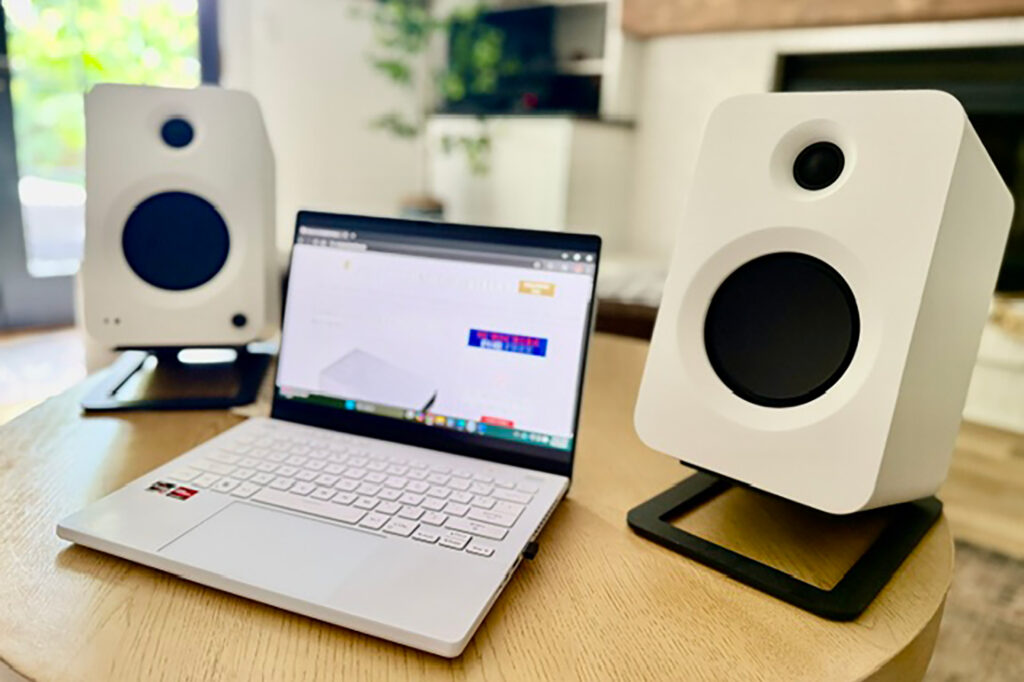
The Bottom Line on Being a Smart Budget Audiophile …
You can build a system that delivers jaw-dropping sound without draining your savings or going into debt. The key is knowing where to spend – and, more importantly, where to save.
Treat your room like the most important component. Start with good speakers and a subwoofer, and stay digital, at least at first. Don’t get hung up on separates too early, and consider a quality integrated amplifier as your centerpiece. Embrace new tech instead of fighting it, and put vinyl and audio jewelry on the back burner until you’ve built a strong foundation.
Do that, and you’ll have a rig that brings you audio bliss every time you press play. And here’s the kicker: it’ll likely outperform systems costing three times as much – all while keeping the lights on, and your student loan payments current.




Perhaps apropos of nothing, just out of curiosity, I provided ChatGPT with my listening room dimensions and requested that it evaluate how close it may or may not be to the so-called “golden ratio”, and it came back with “within ~10%”, not taking into account two openings to adjacent spaces. At any rate, it is a rather normally furnished room of agreeable proportions with some quite heavy floor to ceiling, wall to wall blackout drapes at one end, supported by Anthem Genesis bass management. I have been quite satisfied for at least a couple of years with the results. Anthem is an effective algorithm and it is quite easy to set up.
I find this to be nearly dead-on to the advise I give the younglings (or sometimes my long-time clients) who seek advise on how best to build their HiFi systems. One slight disagreement, that having to do with room treatments – while diffusors can be helpful, I believe that they are really more appropriate in a more advanced and usually dedicated listening space. I also believe that rugs and tapestries make wonderful absorptive material, and one can find some very nice ones online or at thrifts like Habitat for Humanity. They can be hung, draped or even stapled (not suggested if you’re renting) in place. A very effective substitute for a commercial bass trap is a rolled-up rug. These suggestions are a bit low-brow, but they are effective.